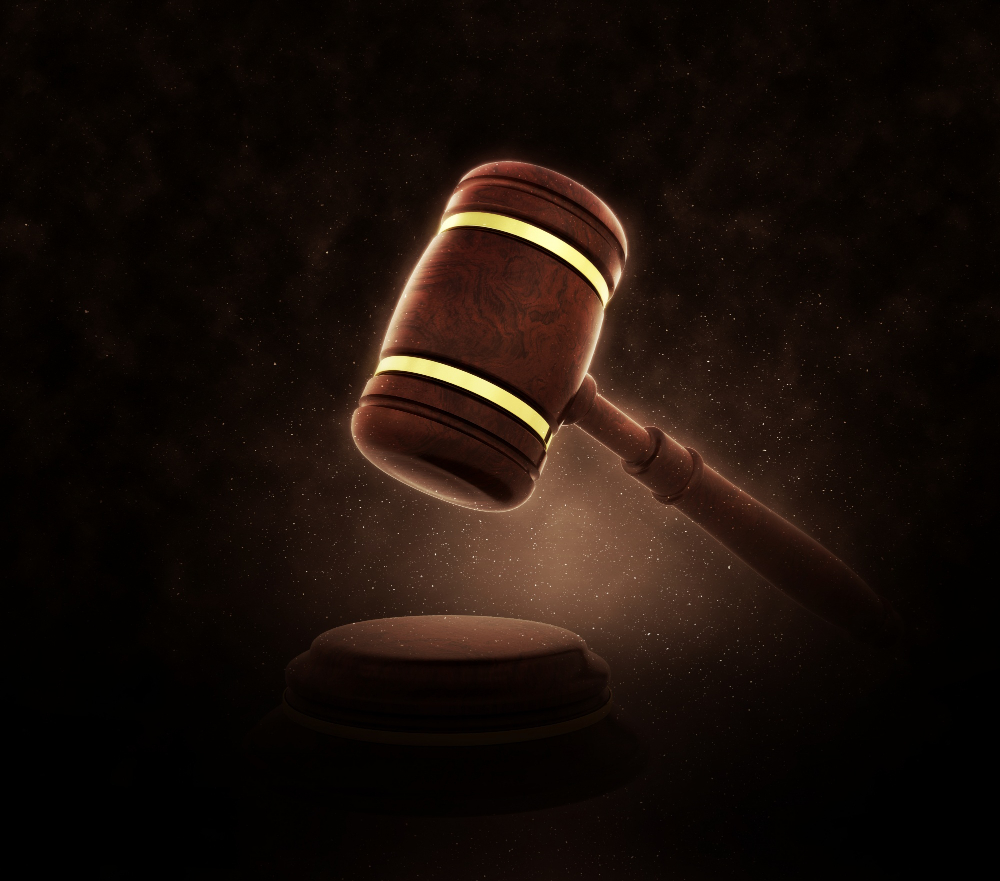Divorce can be a challenging process, especially when it comes to dividing marital property. In New York, the division of assets follows the principle of equitable distribution, which means that property is divided fairly, though not necessarily equally, between the spouses What is The Process of Divorce in New York
Understanding Marital vs. Separate Property
Before property division begins, it is crucial to distinguish between marital property and separate property:
Examples include the family home, vehicles, bank accounts, retirement funds, businesses, and even debts accumulated during the marriage.
Separate Property: Assets owned by one spouse before the marriage, inheritances, gifts received individually, and personal injury settlements remain separate as long as they are not commingled (mixed with marital assets).
Equitable Distribution in New York
New York courts do not automatically divide property 50/50. Instead, they consider several factors to determine a fair distribution. Some key factors include:
The Length of the Marriage: Longer marriages often lead to a more equal distribution of assets.
Income and Property of Each Spouse: The court examines each spouse’s financial situation to ensure fairness.
Age and Health of Each Spouse: If one spouse is significantly older or has health issues, they may receive a larger portion of the assets.
Contributions to the Marriage: Both financial and non-financial contributions, such as homemaking or raising children, are considered.
Future Financial Circumstances: The court evaluates each spouse’s ability to earn income after the divorce.
Custody of Children: If one parent has primary custody, they may be awarded the marital home to maintain stability for the children.
Wasteful Dissipation of Assets: If a spouse recklessly spent marital funds or hid assets, the court may adjust the division accordingly.
How Property is Divided
New York courts follow a structured approach to property division:
Identification: All assets and debts are listed and categorized as either marital or separate property.
Valuation: Assets such as real estate, retirement accounts, and businesses are appraised to determine their value.
Distribution: Based on equitable distribution principles, the court decides how to divide the property.
Protecting Your Interests
If you are going through a divorce in New York, it is advisable to work with an experienced divorce attorney. They can help ensure that assets are fairly valued and divided, preventing any financial disadvantages.
Understanding how property is divided in a New York divorce can help you prepare for the legal process and protect your financial future. By knowing your rights and responsibilities, you can navigate this difficult time with confidence.
The process of divorce in New York involves several key steps. First, one spouse files a divorce petition with the court, stating the grounds for divorce. Next, the petition is served to the other spouse, who must respond within a specified time. What is The Process of Divorce in New York Both parties then exchange financial documents and negotiate settlements regarding property, alimony, and child custody. If they reach an agreement, they submit a settlement to the court for approval. If not, a trial may be necessary. Once all issues are resolved, the court issues a divorce decree, finalizing the divorce. Throughout, legal representation is advisable to navigate the complexities.
visit : regic.net



